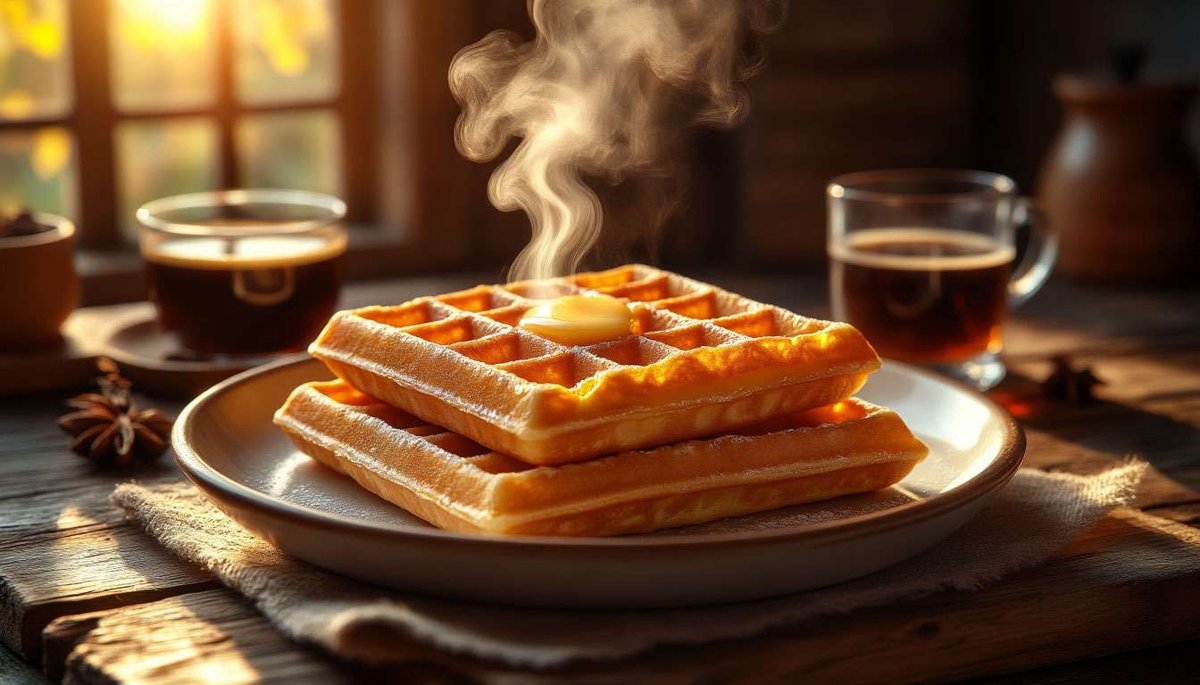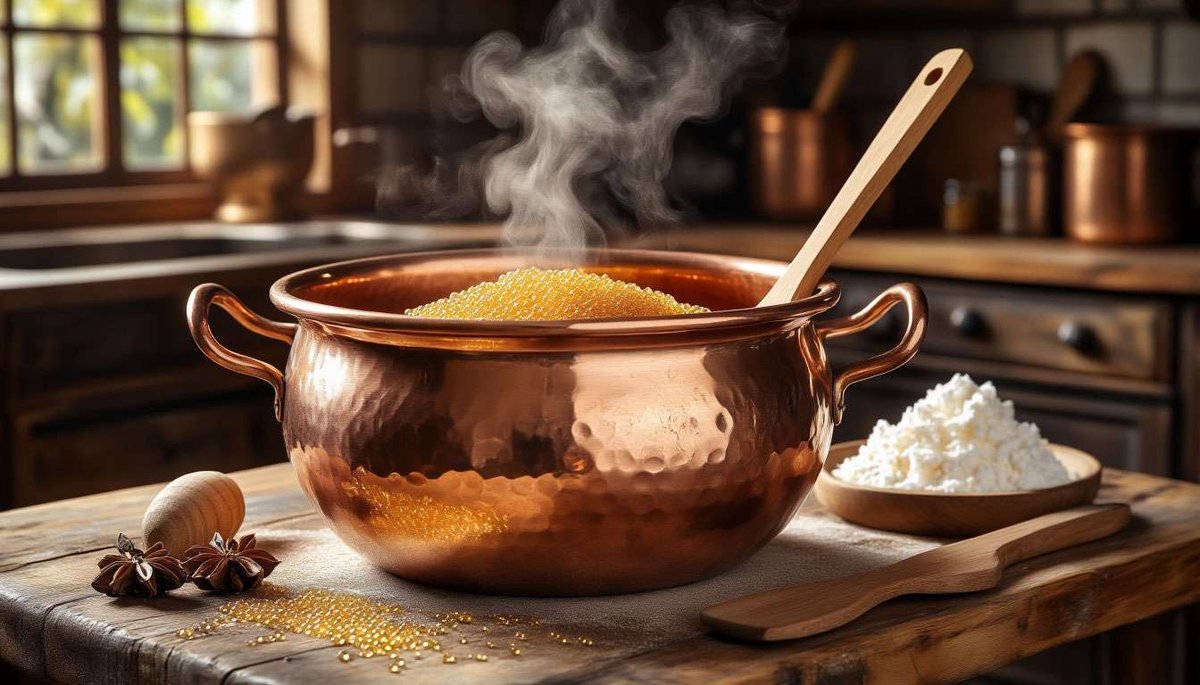Brunost brown cheese: Norway's sweet caramel and the ultimate gastronomic shock for tourists

Imagine a toffee-coloured cheese with a creamy caramel flavour that melts on a warm waffle and smells like boiled condensed milk — that's Brunost. For some, it's love at first bite, for others it's a culture shock, but no one is indifferent. The secret is that it's not really cheese: Norwegians evaporate whey, caramelise lactose and obtain a sweet and salty delicacy that has become a symbol of the mountain valleys. Let's find out how Brunost came about, how the different varieties differ and how to properly "taste" this northern caramel.
How did brown cheese come about and why is it considered an accidental invention?
Legend has it that in 1863, farmer Enne Hov from the Gudbrandsdalen valley decided to add cream to boiled goat's milk whey to obtain a thick, sweet product and save her farm from bankruptcy. The cream caramelised, the mixture thickened, and Gudbrandsdalsost, the first commercial Brunost, was born. The cheese quickly conquered the region: it kept longer, was high in calories and sweet, making it the perfect "energy bar" for winter. Today, Norwegians call Enne Hov the "milk fairy" and Brunost the "national Nutella."
What is the difference between Gudbrandsdalsost, Fløtemysost and Geitost?
- Gudbrandsdalsost is a classic: a mixture of cow's and goat's whey with cream; it has a balanced, caramel-goat flavour.
- Fløtemysost is a "creamy" version without goat's milk, softer and creamier, suitable for beginners.
- Geitost is 100% goat's whey, with the strongest aroma and a noticeable sourness and hint of melted butter.
All have a plastic, slightly sticky texture and vary in colour from golden to dark amber. Tourists are advised to start with Fløtemysost, then move on to Gudbrandsdalsost and finally to the intense Geitost.
How is Brunost made and why is it sweet without added sugar?
The whey is boiled for 8–10 hours, evaporating the water and concentrating the lactose. At 110°C, the Maillard reaction begins: the milk sugars and proteins caramelise, producing colour and sweetness. The mixture is then cooled, whipped to a creamy texture and poured into blocks. No sugar is added — the sweetness comes naturally from the concentrated lactose. One kilogram of Brunost contains about 45% milk sugar, making it high in calories (≈ 460 kcal) and rich in calcium salts.

How do Norwegians eat Brunost and what combinations will surprise tourists?
The classic way is a thin slice on a warm waffle or lefse flatbread with butter. For breakfast, it is spread on wholemeal bread with coffee. New trends include Brunost cappuccino (shredded cheese on milk foam), chocolate truffles with Brunost, and burgers with caramelised cheese and bacon. It goes well with light roast filter coffee, Hardanger cider, and spicy aquavit. New Nordic chefs add grated Brunost to venison sauce, where the sweetness contrasts with the "wild" note of the meat.
Where can you try and buy the best brown cheese?
In Oslo, head to Mathallen Vulkan: the Heidrun shop offers tastings of three varieties with Tim Wendelboe coffee. In Bergen, the Ost & Sånt cheese bar serves a Brunost flight with cider. A tour of the G18 Undredal Stølsysteri cheese factory on the shore of the fjord will show you how goats graze by the water and cheese is cooked in copper vats. Look for the TINE Gudbrandsdalsost and Ski Queen brands in shops. For a souvenir, pick up a 250 g vacuum pack: it will survive the flight without refrigeration.
Can you make homemade Brunost, and what should you keep in mind?
Yes, if you cook it for a long time and are patient. Take 3 litres of goat's milk, add 200 ml of 35% cream, simmer over low heat for 6-8 hours, stirring regularly, until the mixture thickens and turns caramel colour. At the end, whisk vigorously to achieve a glossy texture. Important: use a thick-walled stainless steel saucepan, otherwise the milk sugars will burn. Homemade cheese is lighter and softer than industrial cheese and can be stored in the refrigerator for up to 2 weeks.

Brunost is the quintessence of the Norwegian principle of "nothing goes to waste": a unique product is created from whey, combining the taste of caramel, cream and the slight sourness of goat's milk. Try a thin slice on a crispy waffle, close your eyes, and you will hear the distant ringing of bells in the Gudbrandsdalen valley. This cheese is not just a delicacy, but a sweet reminder of how northerners turn a harsh climate and modest resources into gastronomic poetry. Bring home a block of Brunost and every morning will begin with the caramel echo of the Norwegian fjords.





2 comments
Log in to leave a comment